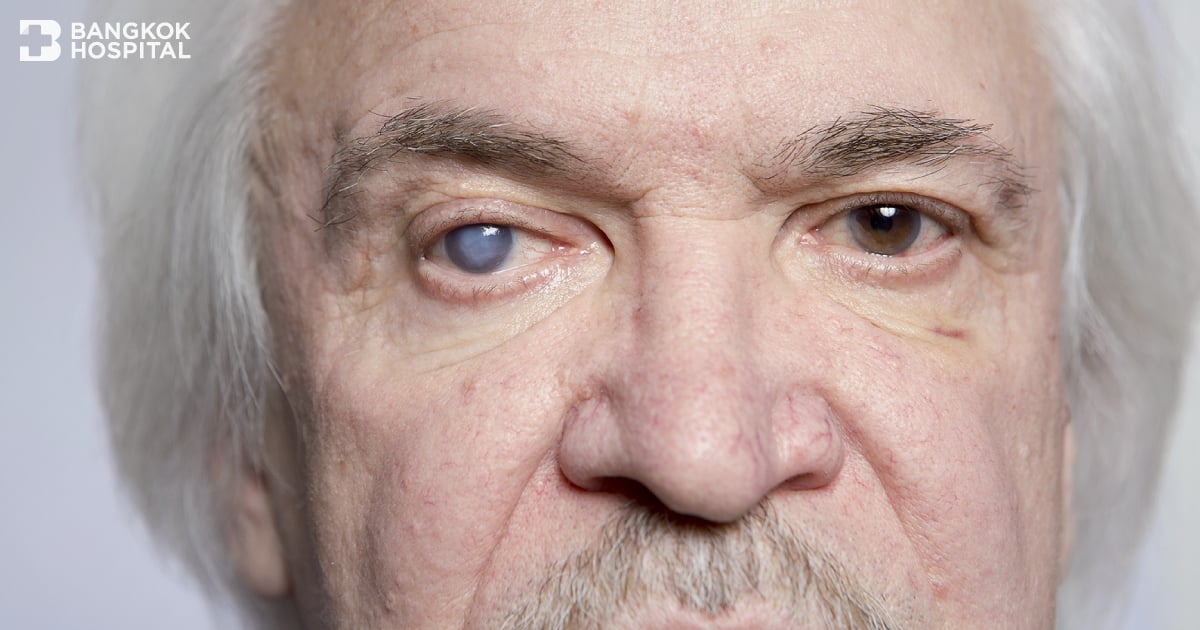
Cataracts – Get Treatment Early Before It Matures
Cataract is the number 1 cause of low vision and blindness in the country and in the world. Patients only seek an ophthalmologist’s advice when their cataracts are already advanced, which is very dangerous and difficult to treat.
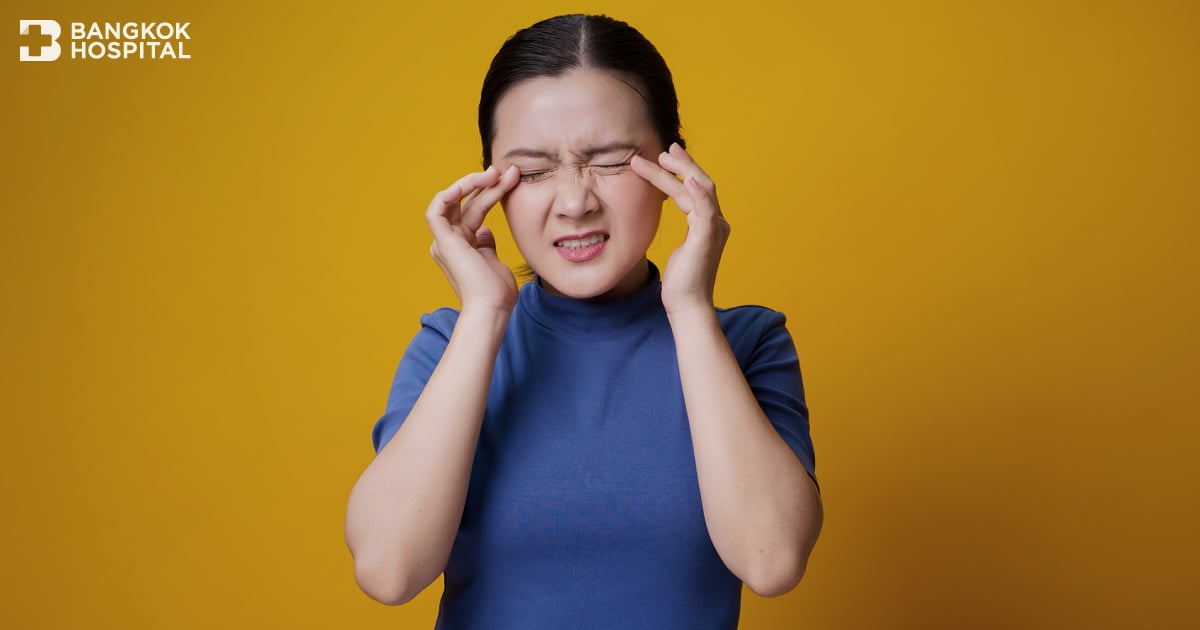
Blepharitisis no small matter
If you experience itchy, burning, watery, or dry eye and the condition improves very little even after applying eye drops, or red eye or swollen and red eyelids, or endure recurrent stye or crusty skin flakes on your eyelashes when you wake up in the morning – sometimes so thick that you could hardly open your eyes – persistent experience of any of these symptoms, it is likely that you may be suffering from blepharitis.
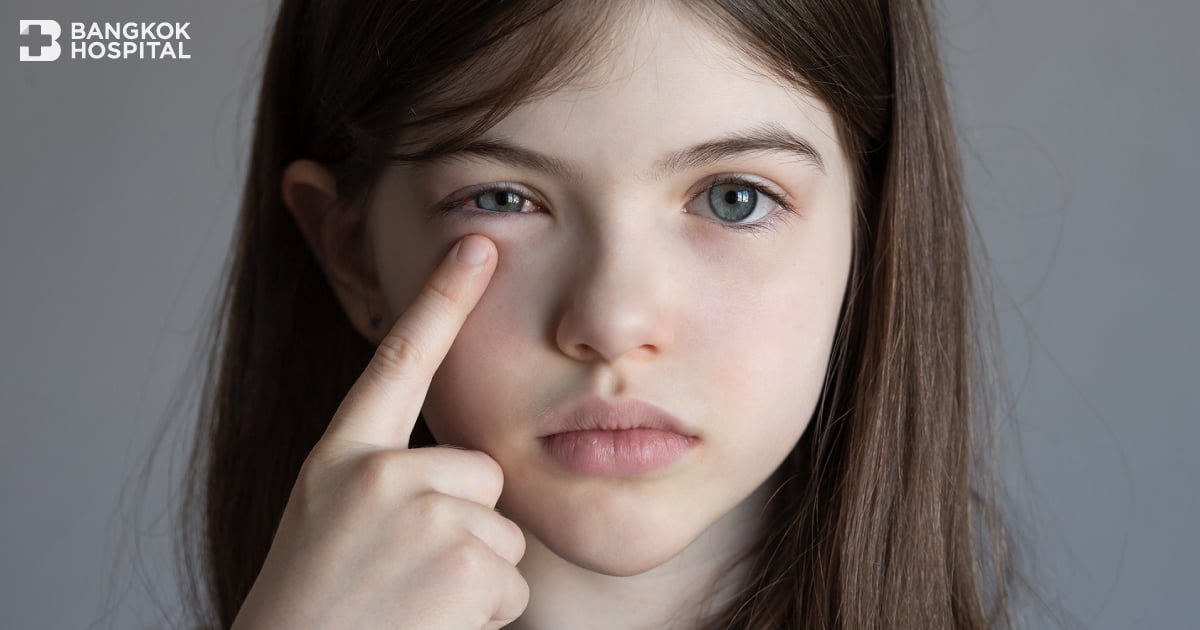
Be aware! Young people and diabetic retinopathy
Diabetes mellitus is among other common chronic diseases affecting people’s health.
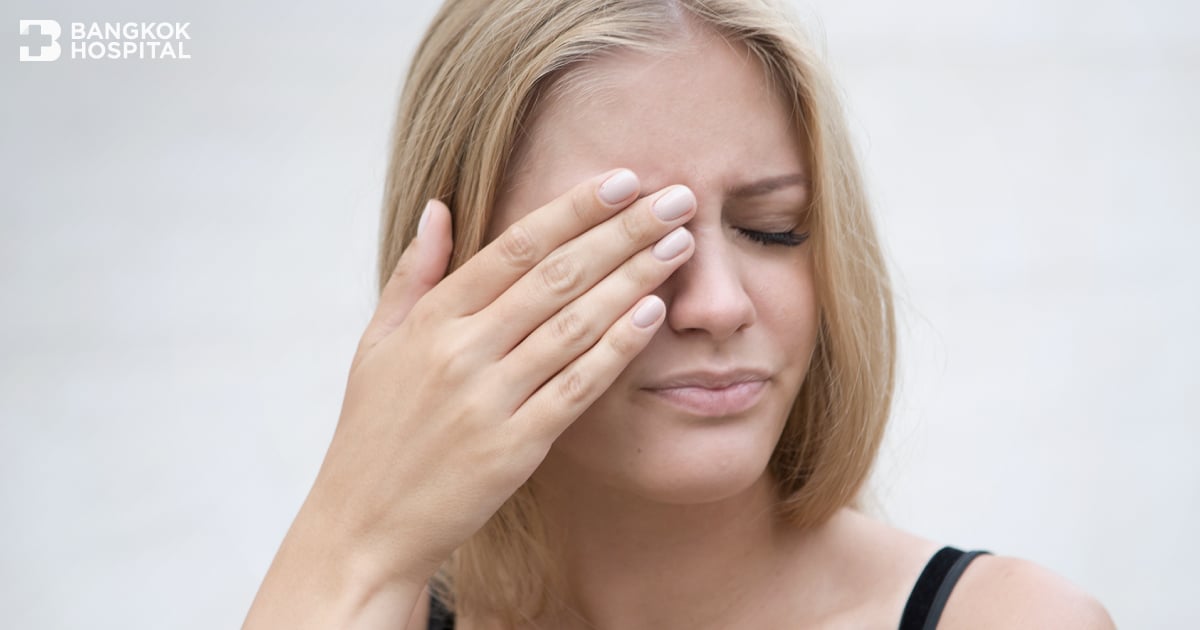
Do not overlook! An eyelid twitch is probably more than just annoying.
An eyelid twitch is when the eyelid muscles involuntarily spasm repetitively. Since an eyelid twitch is usually painless, people often overlook this condition and leave it undiagnosed. Nonetheless, an eyelid twitch can be uncomfortable and cause irritation. When experiencing severe twitching, immediate medical attention must be sought, enabling accurate diagnosis and effective treatment in a timely manner.
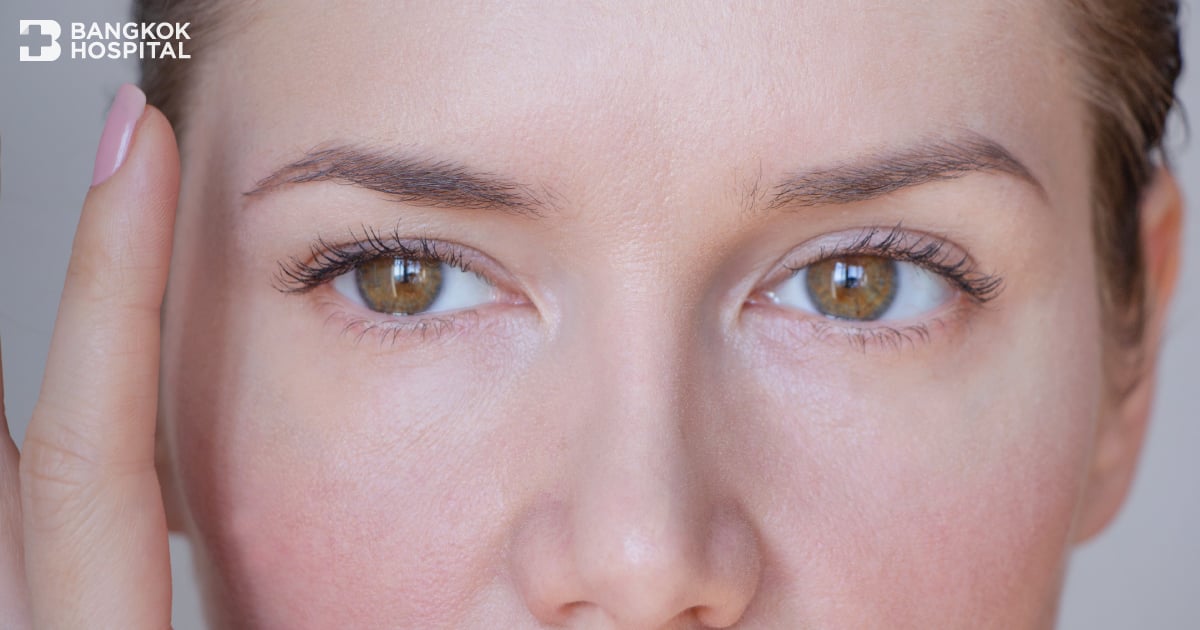
Do not let a baggy eye ruin your self-confidence.
A wide range of eyelid problems can happen to anyone at any age. The severity degrees and symptoms widely vary among individuals.
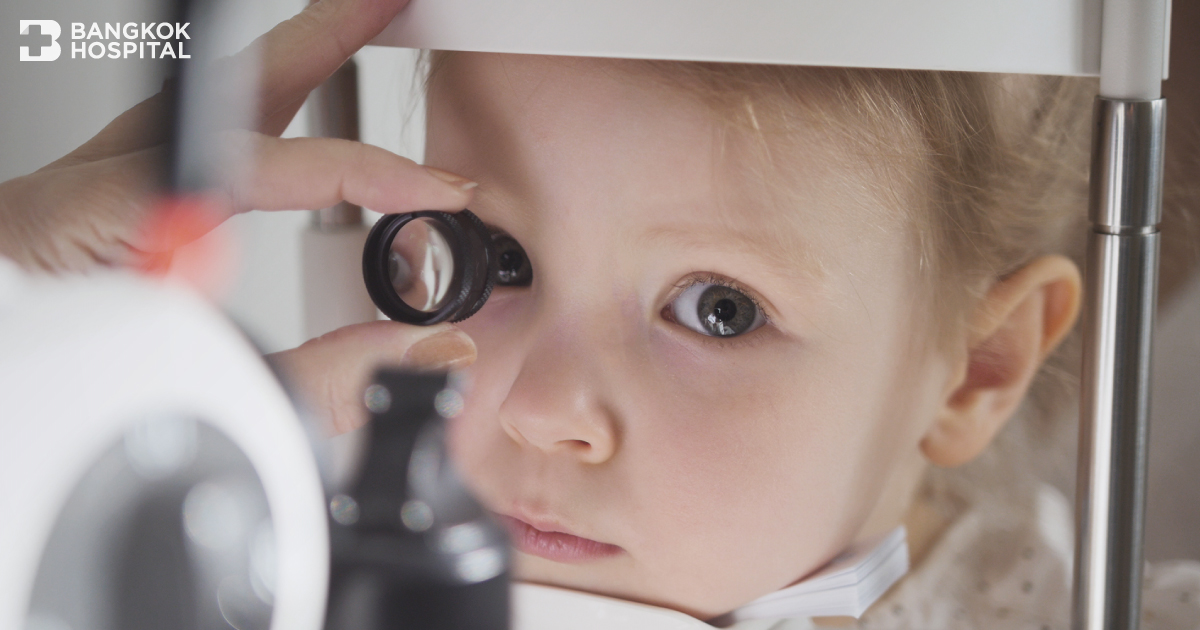
Children’s Eyes Examination Checklist: What All Parents Should Know
Parents should not neglect to have their children’s eyes tested, as the children do not necessarily recognize any problem with their eyesight until it is too late. So, it is important for the children to have their eyes examined periodically to ensure the health and proper care for their vision.

Vitreous degeneration - A natural change that may largely disrupt vision.
If you experience seeing dark specks, floaters especially while looking into the sky or very light background and they suddenly disappear once you concentrate on them, or flashes of light in the eyes which are most noticeable in dark surroundings, these might potentially indicate the condition called vitreous degeneration. It is an eye problem commonly affecting many people as they age, although younger people can also have vitreous degeneration. <br /><br />

Beware of These Common Eye Diseases
Eye disorders can be caused by various factors, resulting in various signs and symptoms. They can be as trivial as minor irritation or pain all the way to blurred vision or blindness. The four most common eye diseases, pterygium, pinguecula, cataract, and glaucoma, are worth knowing to keep your eyes safe.

Dry eye disease – a common eye problem disturbing daily life
Dry eye disease is a common and often chronic problem, affecting daily life and activity of people of all ages. Dry eyes develop when the tears are not able to provide adequate lubrication for the eyes.
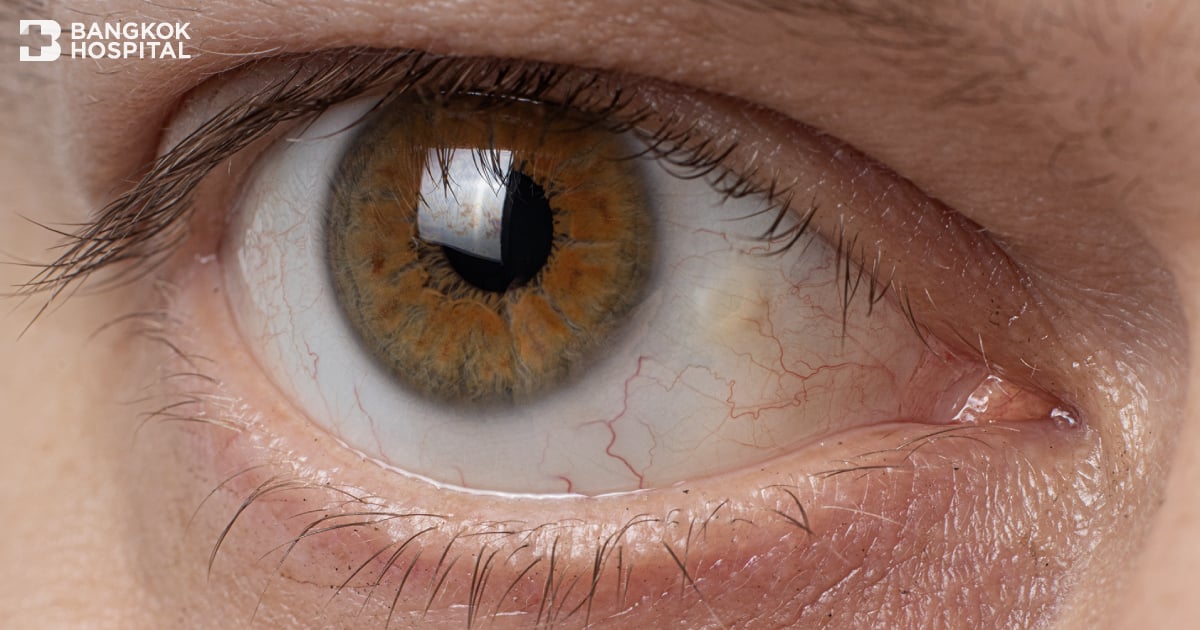
Pinguecula and pterygium – The common degeneration of the conjunctiva
Pinguecula and pterygium are the common degenerations of the conjunctiva. A pinguecula is characterized by a yellowish raised growth on the conjunctiva typically at the nasal or temporal conjunctiva near the edge of cornea. Pterygium is the triangular shape of vascularized conjunctival tissue on the cornea and it invades the cornea (known as fibrovascular invasion of the cornea). Pterygium may start as a pinguecula that can remain small or grow large enough to cover some parts of the cornea. The body of a pterygium usually appears red with noticeable blood vessels. Redness depends on the growth of abnormal blood vessels. If it is left untreated, pterygium sometimes advances towards the center of the eye, affecting vision. They are not tumor. Generally, pinguecula and pterygium form in the corner of the eye near the nose. However, they may develop in the temporal of the eye and often both eyes are involved.

Do not overlook diabetic retinopathy as it can lead to complete vision loss!
Diabetes mellitus is among the most common chronic diseases affecting people’s health across the world.

Your Gaze Can Reveal the Type of Risk to Your Vision
Do you realize that there can be different issues with the eyes at various ages? These include nearsightedness (myopia), farsightedness (hyperopia), or astigmatism that begins at an early age. There are even greater risks to the vision particularly as one stares at a mobile device too frequently.
